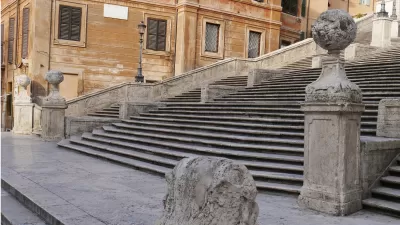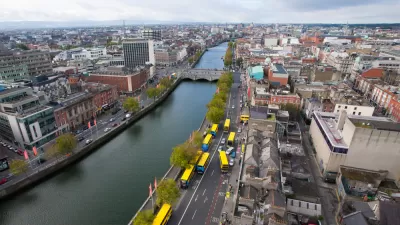At Project for Public Spaces, Inc. we think successful public spaces are the key to the future of cities. By “successful spaces” we mean spaces that are used, but what we find more often than not, in the centers of cities, are some very bad spaces – meaning that they are pretty much devoid of opportunities to do anything – even though they look good. We have also found that the least successful spaces and buildings are often the newest ones.
At Project for Public Spaces, Inc. we think successful public spaces are the key to the future of cities. By "successful spaces" we mean spaces that are used, but what we find more often than not, in the centers of cities, are some very bad spaces – meaning that they are pretty much devoid of opportunities to do anything – even though they look good. We have also found that the least successful spaces and buildings are often the newest ones.
We have seen this both in the United States and in Europe. Some of the most popular destinations in several cities in Europe are also some of the most brutal and dehumanizing buildings and spaces for people who encounter them. For example, the new Contemporary Art Museum in Vienna, the Mozart Museum in Salzburg, the new in the center of Munich and the Branly Museum in Paris are all touted as major destinations but at the ground floor they are dead. The main question I have is why can't we build buildings and public spaces that are both "must see" buildings but that also add to people's experience of the ground floor of the cities around them? We would like to develop a new agenda around "The Architecture of Place". And we need ideas about how this could happen.
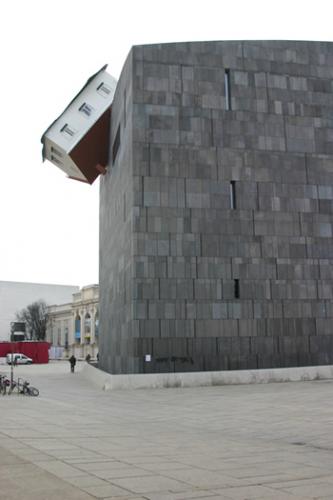
Vienna's new Contemporary Art Museum
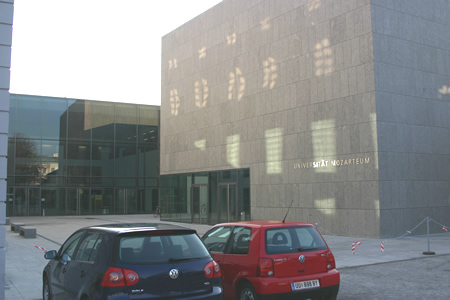
The Mozart Museum in Salzburg
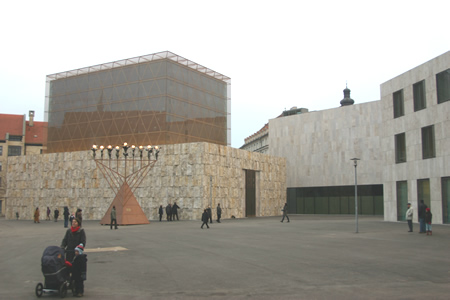
Munich's new central Synagogue

Maui's Vacation Rental Debate Turns Ugly
Verbal attacks, misinformation campaigns and fistfights plague a high-stakes debate to convert thousands of vacation rentals into long-term housing.

Planetizen Federal Action Tracker
A weekly monitor of how Trump’s orders and actions are impacting planners and planning in America.

San Francisco Suspends Traffic Calming Amidst Record Deaths
Citing “a challenging fiscal landscape,” the city will cease the program on the heels of 42 traffic deaths, including 24 pedestrians.

Half of Post-Fire Altadena Home Sales Were to Corporations
Large investors are quietly buying up dozens of properties in Altadena, California, where a devastating wildfire destroyed more than 6,000 homes in January.

Opinion: What San Francisco’s Proposed ‘Family Zoning’ Could Really Mean
Mayor Lurie is using ‘family zoning’ to encourage denser development and upzoning — but could the concept actually foster community and more human-scale public spaces?

Jacksonville Launches First Autonomous Transit Shuttle in US
A fleet of 14 fully autonomous vehicles will serve a 3.5-mile downtown Jacksonville route with 12 stops.
Urban Design for Planners 1: Software Tools
This six-course series explores essential urban design concepts using open source software and equips planners with the tools they need to participate fully in the urban design process.
Planning for Universal Design
Learn the tools for implementing Universal Design in planning regulations.
Gallatin County Department of Planning & Community Development
Heyer Gruel & Associates PA
JM Goldson LLC
City of Camden Redevelopment Agency
City of Astoria
Transportation Research & Education Center (TREC) at Portland State University
Jefferson Parish Government
Camden Redevelopment Agency
City of Claremont


























